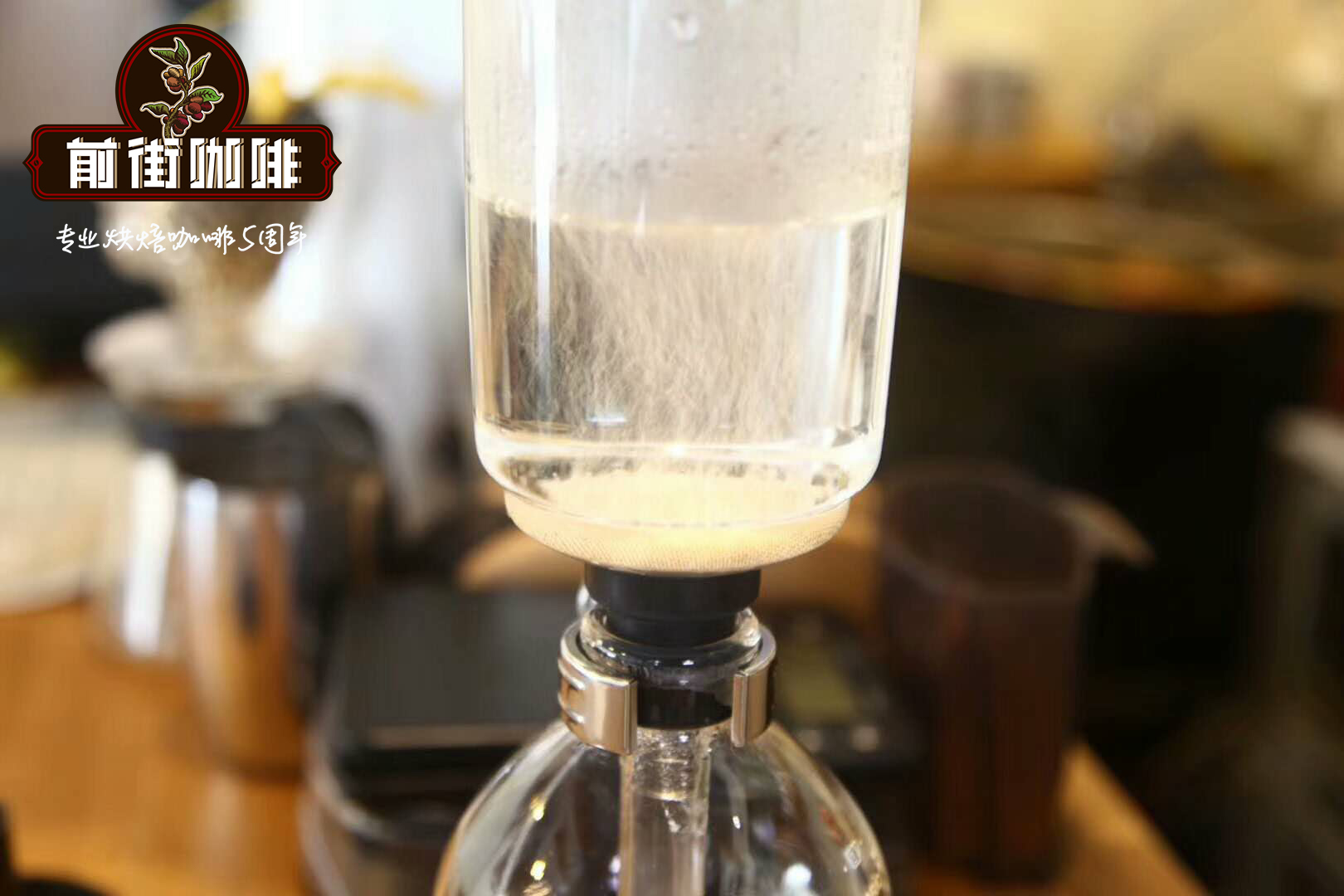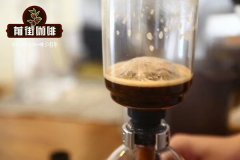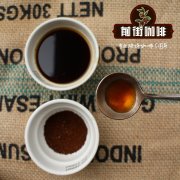What is a good brand of siphon pot? Which brand is better for siphon pots? Siphon pot recommendation

Professional coffee knowledge exchange more coffee bean information please follow the coffee workshop (Wechat official account cafe_style)
Classic old-school aroma
K NO siphon pot SK-2G
Material: heat-resistant glass, log, stainless steel
In 1923, Kinnono developed the world's first upright siphon pot and established the most common siphon pot style on the market. The glass pot has a thick wall, good thermal insulation and durability, and the most special feature is the design of the arched ceramic filter, which is conducive to drainage. After extraction, the coffee liquid is quickly pulled back into the pot. In terms of flavor performance, it can modify some bad flavors and create a round and mellow coffee liquid for export, making the coffee more palatable as a whole.
Hario classic siphon coffee maker HTF-2
Grindability: medium material: heat resistant glass, stainless steel, PP, aluminum, iron, lead alloy, brass
This siphon pot is an entry-level basic model launched by Harioy in the early days. It has been discontinued and needs to be looked for patiently. The feature of this siphon kettle is that the glass shape of the siphon kettle adopts the design of an imitation antique wind kettle, and the current style with the same glass shape is MCA-3. However, the early version of the siphon kettle is more retro and pristine in shape, which is different from the common long tube design.
The revival of glass rods
The use of glass rod filter does not need filter paper or filter cloth, paper and cloth will absorb coffee oil, the oil itself has more aroma, so the use of glass rod filter can retain a more complete coffee flavor.
CONA siphon kettle
Degree of grinding: fine material: glass
CONA is a British coffee utensils brand with a long history, and this siphon pot is also an antique product of early coffee utensils. The most special thing about this siphon pot is that it uses glass rods to filter. Using a siphon pot filtered with a glass rod, the grinding scale can be changed to fine. There is no need for a ceramic filter or a filter cloth. after the extraction is turned off, it can be found that the coffee powder will be surrounded by the glass bar, and the coffee liquid will be filtered by the coffee powder. The finer the grinding, the cleaner the filtering effect.
CORY siphon kettle
Material: glass
CORY, a coffee utensils brand from the United States, also uses glass sticks to filter its siphon pots. From its pristine and retro appearance, it is estimated that it is about the classic design of the 1930s (siphon was the most popular in the 1960s and 70s), it can be found that its shape is very large, but because the early coffee pot often takes the positioning of family number and mass extraction, so it has a large capacity.
CONA, Silex glass rods
Material: glass
The British Cona glass rod filter is only suitable for the original factory, but the American Cory and Silex glass rod filter can be placed in the modern wind pot. When filter cloth and filter paper became popular, glass filters were left out in the cold, resulting in a fault in the history of siphon pot filters. In modern times, many people did not know that glass rod filters could be used. At present, some stores in China are starting to sell replicated glass rod filters suitable for other brands of wind teapots. In addition to glass materials, there are also ceramic versions.
Important Notice :
前街咖啡 FrontStreet Coffee has moved to new addredd:
FrontStreet Coffee Address: 315,Donghua East Road,GuangZhou
Tel:020 38364473
- Prev

Siphon coffee? The principle of the siphon pot how to use the siphon pot
Professional coffee knowledge exchange more coffee bean information Please pay attention to the coffee workshop (Wechat official account cafe_style) siphon coffee taste will be different in addition to the beans themselves, due to heating by the fire, but also with the brewing will produce high, medium and low temperature differences, thus creating rich flavor changes. The first thing you feel when drinking is sweetness, and the sour taste will not come out until the temperature drops slightly.
- Next

How to use Japanese wide mouth coffee pot
Professional coffee knowledge exchange More coffee bean information Please pay attention to coffee workshop (Weixin Official Accounts cafe_style) Single coffee is becoming more and more popular in the market, and there are also a variety of equipment for brewing single coffee, among which hand brewing pots are endless. For baristas who have just entered the coffee industry or tasters who like to drink coffee, they may see various hand brewing pots on the market.
Related
- What is the Philharmonic pressure? How to use Philharmonic pressure to make delicious coffee
- Why does a hand grinder have more fine powder than an electric grinder?
- In addition to the hot mom, what is the difference between the versions of EK43 | ditting and Mahdi ek43?
- What kind of equipment do you need to make coffee by hand? Introduction to novice starter cooking equipment tools
- Espresso needs to be ground how thick and thin scale entry Italian Coffee Machine Bean Grinder investigation and Grinding course
- How much does it cost to open a small private cafe? How much does it cost to learn coffee? How to operate it?
- The difference between the flavor characteristics of hand-brewed coffee and coffee maker is hand-brewed coffee really better than coffee maker? Can I use a coffee machine to make coffee beans by hand?
- The difference between 01 and 02 of hario v60 filter cup what is the difference between 01 and 02 filter cup opening and cooking flavor
- What's the difference between the smart cup and the French kettle? Which is better, the French kettle or the Smart Cup?
- What's the difference between a smart cup and a V60 filter cup? The difference between the taste of smart cup and hand-brewed coffee

